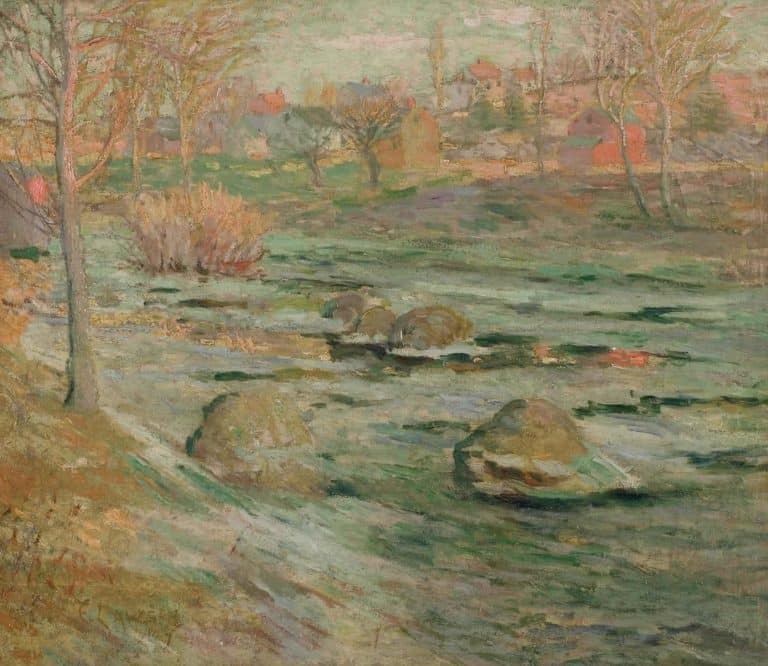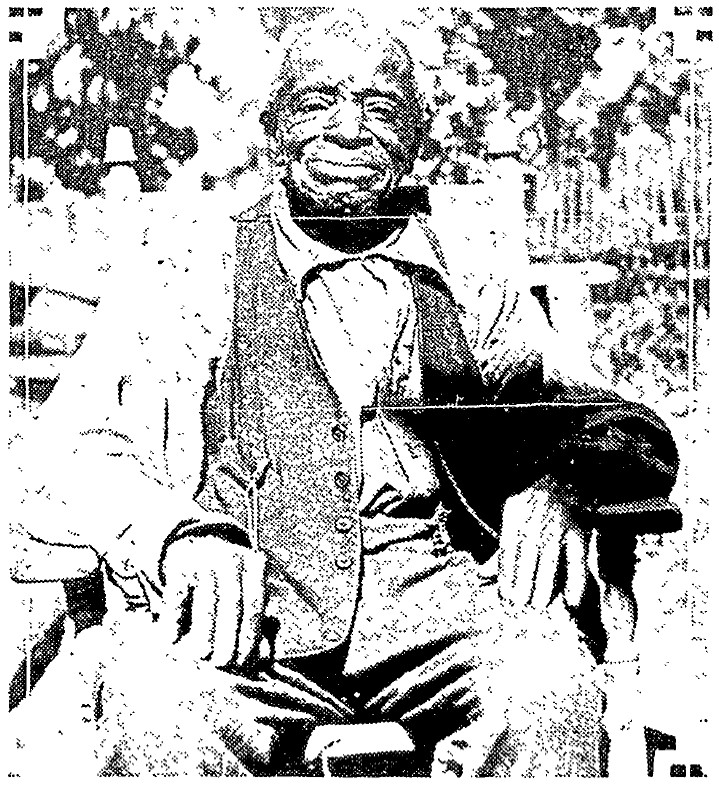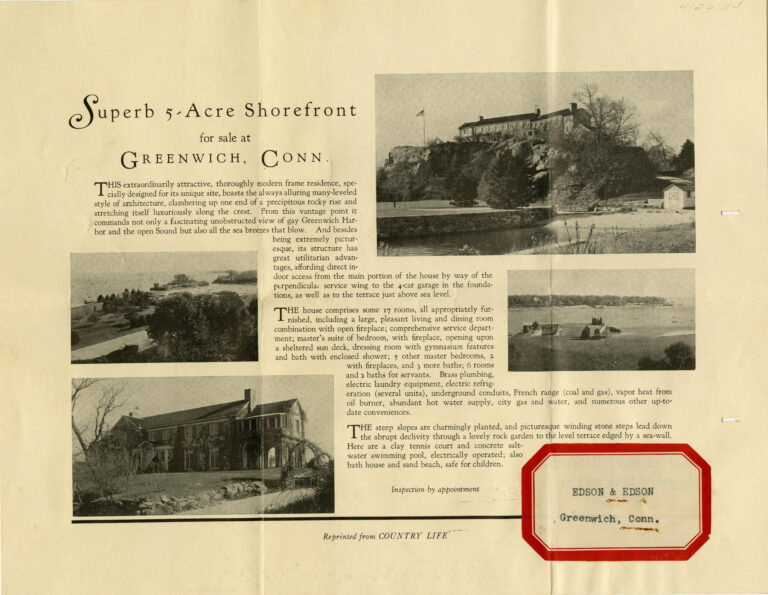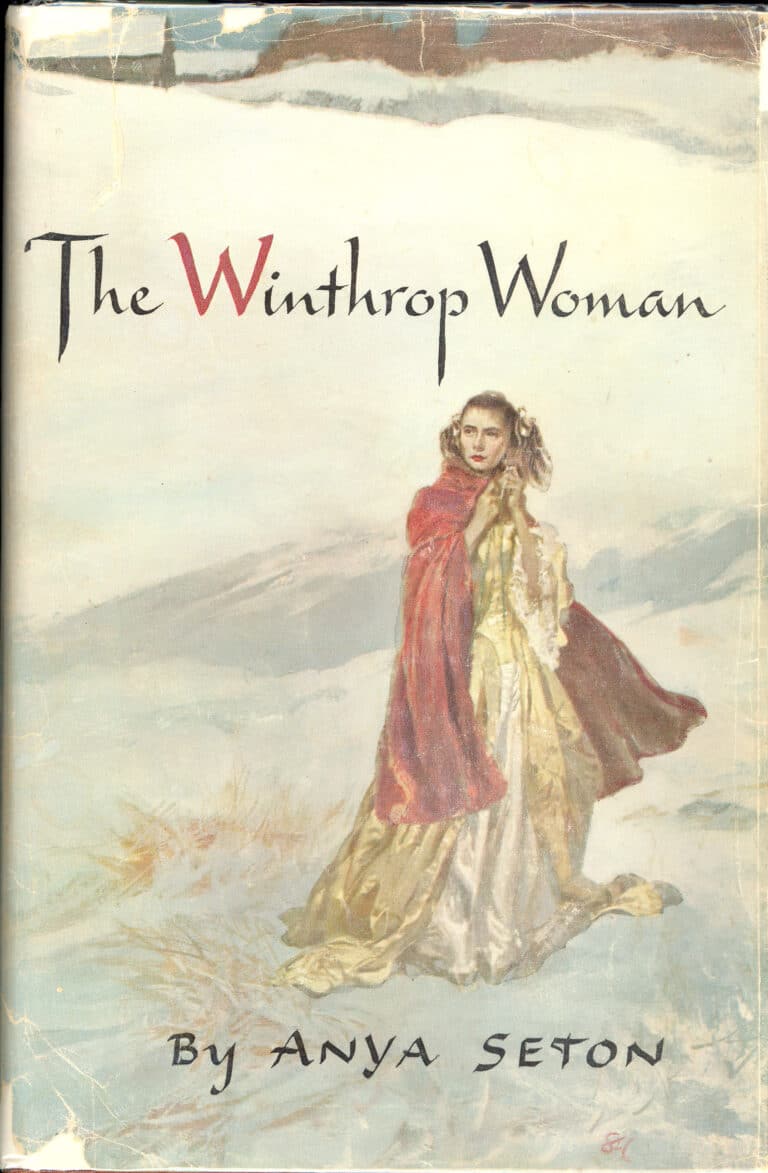What is Impressionism?
Impressionism is an art movement that began in France in the late 1800s. It is also the art style most associated with the Cos Cob art colony.
Impressionism is a style of painting in which artists painted an image that expressed their “impression” of something instead of what they saw in real life. The Impressionists captured big ideas on the canvas rather than the details of a landscape.
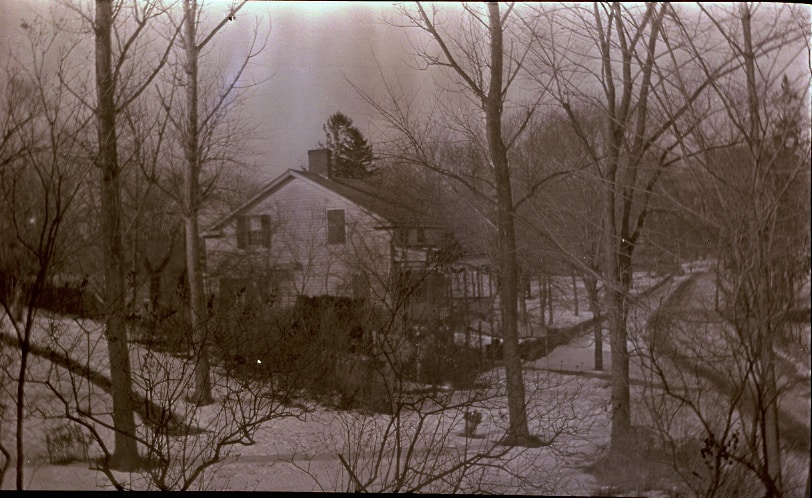

Impressionists painted with quick and often messy brushstrokes. They sought to capture the optical effects of light using a palette that would emphasize light and shadow. Unlike earlier artists, Impressionists believe it is acceptable to see the hand of the artist in the final piece.
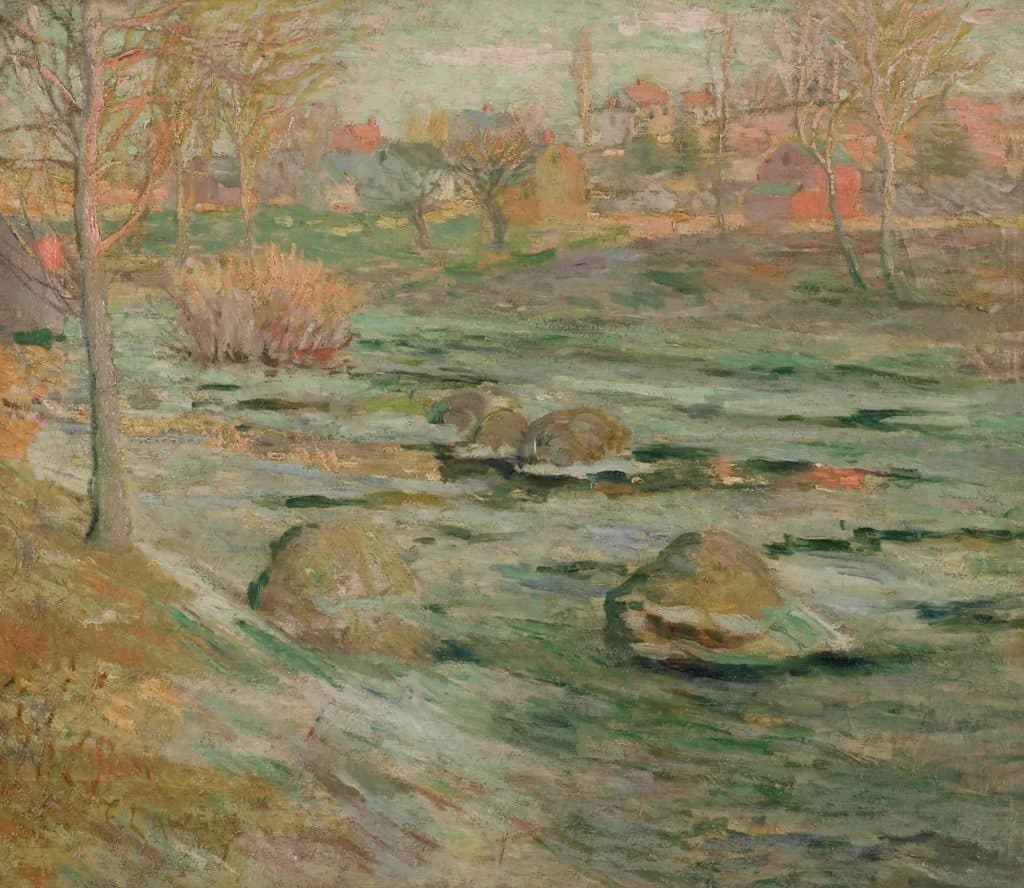
Another defining trait of the Impressionists was their desire to paint outdoors. This painting style is called en plein air, French for “in the open air”. This was perfect for painting an Impressionist’s favorite subject: landscapes.
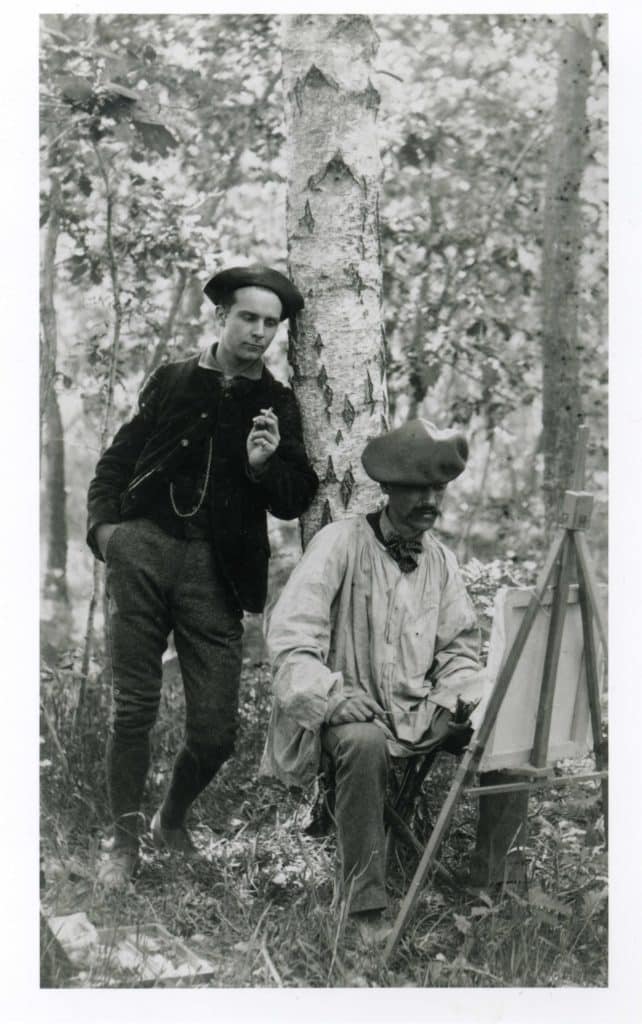
Greenwich Historical Society, Photograph Collection
Impressionism Comes to Cos Cob
In 1882 the Holley family moved into what is now known as the Bush-Holley House in Cos Cob. They lived in the house and also ran it as a boarding house.
The Holley boarding house became popular among artists, performers and writers from New York City, among them a group of painters including Elmer MacRae, John Henry Twachtman, J. Alden Weir, Childe Hassam and Theodore Robinson. These artists and their students painted en plein air like the French Impressionists, and they made paintings and drawings in the Impressionist style.
The exhibition Lost Landscape Revealed: Childe Hassam and The Red Mill, Cos Cob was on view at the Historical Society January 16 – March 28, 2021. This intimate focus exhibition, drawn primarily from the Greenwich Historical Society’s museum and archival collections, invites visitors to take a closer look at the Lower Landing of Hassam’s era, a vibrant community with many stories to tell. Watch gallery talk video here.

The little village of Cos Cob proved to be a perfect retreat from New York City; far enough away to feel like the country-side, but close enough that the artists were able to get there by train. With their presence, the boarding house became more than just a place to stay, it became the heart of a thriving art colony.

Impressionism and You
Now it’s your turn! Grab some paper and paint! Find a location outdoors that inspires you. Or perhaps you can find an outdoor view through a window, or use an interesting indoor scene as your subject. Your painting need not look exactly like what you see. Be bold in your brush strokes and use of color. Paint from your heart. It will be beautiful!

In this example the artist chose to paint flowers, a popular subject for Impressionist artists. Notice how she starts by painting the stems of the flowers. Then she adds a few leaves. By focusing on the shape of the plant rather than the details, she is able to build the image in layers. The last part of the plant that she paints are the flowers. Using quick brush strokes she is able to capture the color of the flowers as well as their movement and the way the light reflects off their petals.

